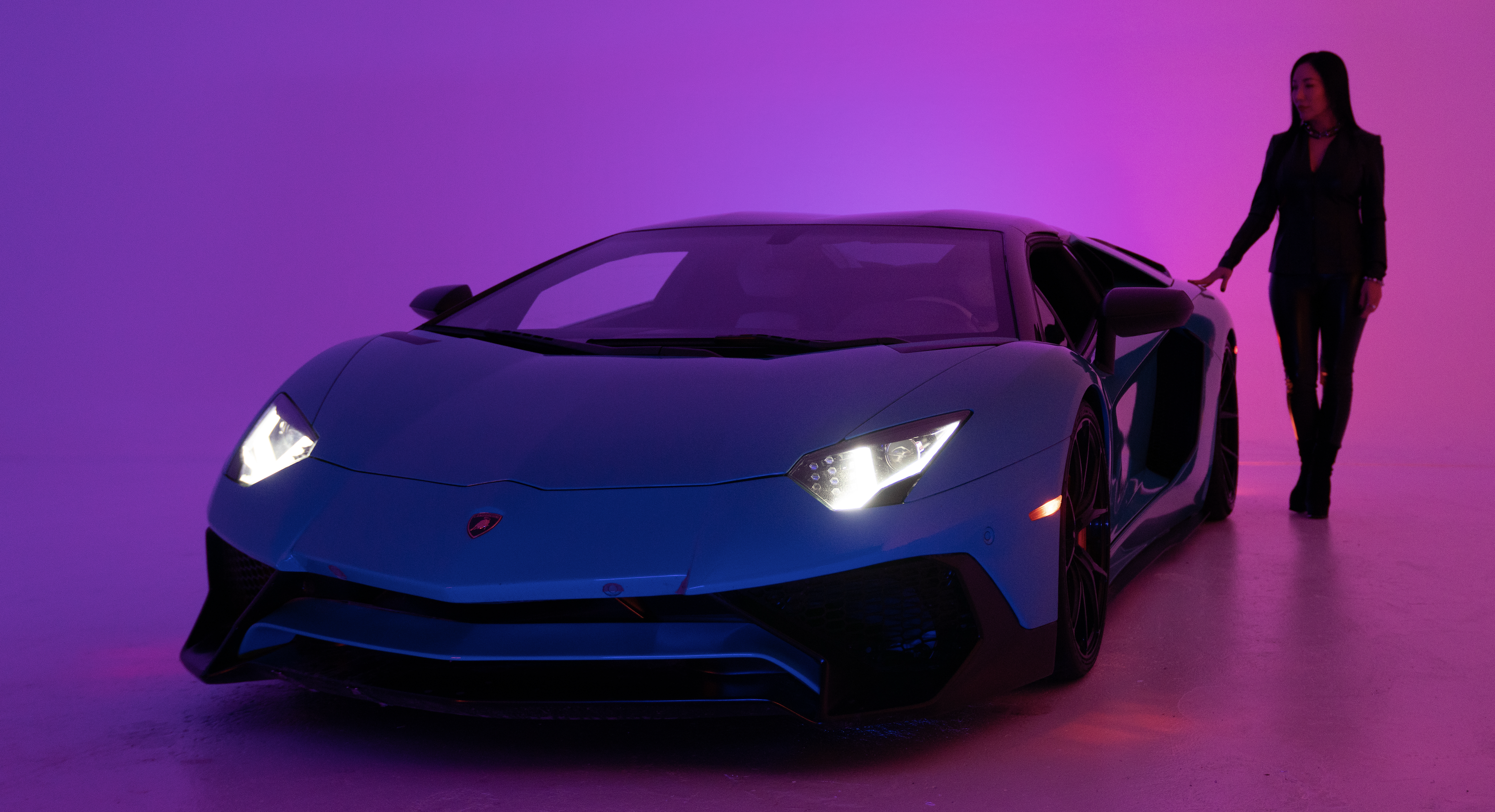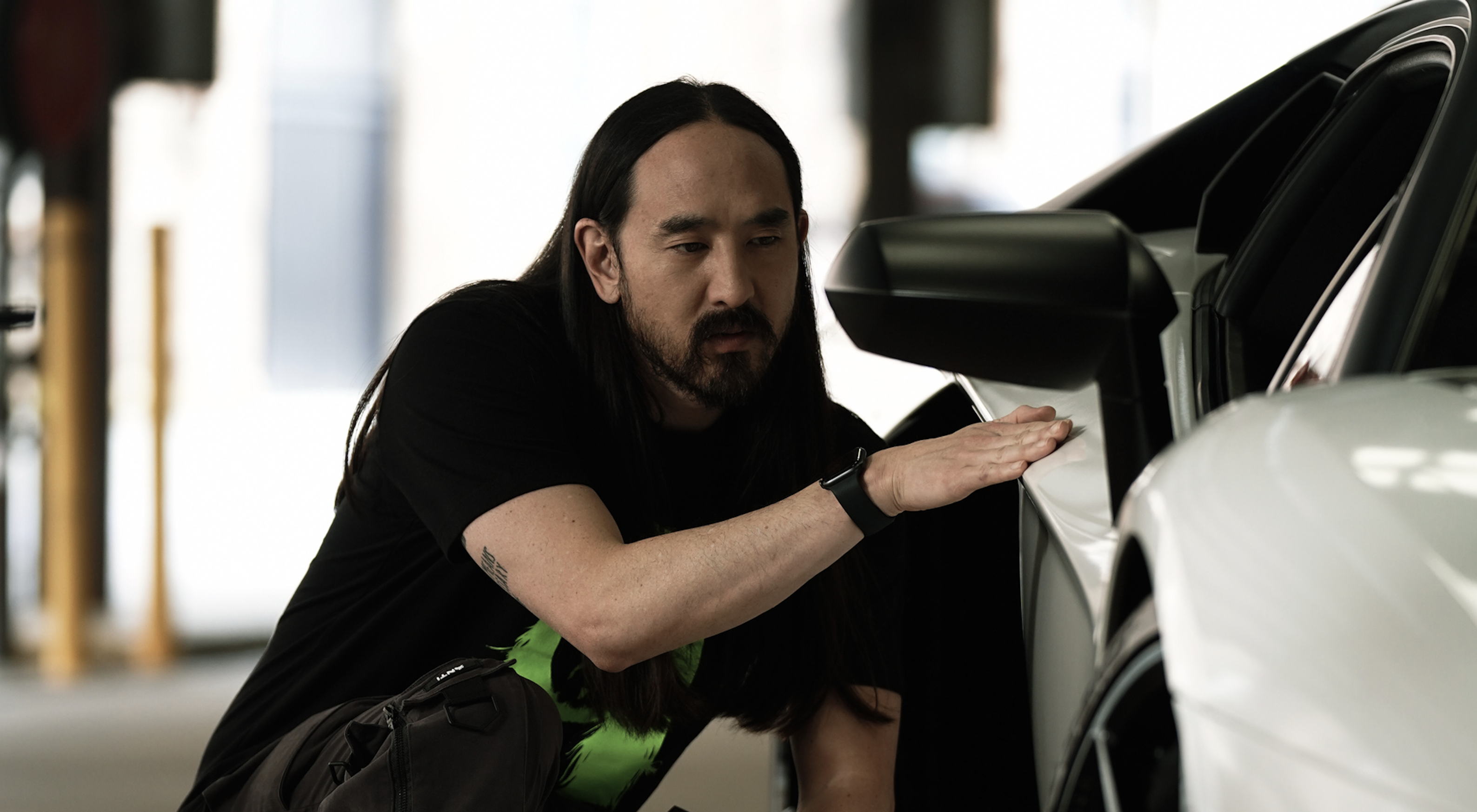
From Storytelling to Storyliving: Why Brands Need to Build Worlds, Not Just Narratives

When I started in this industry over 25 years ago, storytelling was the pinnacle of marketing ambition. If you could craft a compelling narrative, deliver it well, and get your audience to listen, you had done your job.
But times have changed, the world is noisier and audiences are savvier. Attention is a currency brands no longer control, and so the question is no longer how we tell the story, it is how we make people feel like they are living it. Which means, we are no longer in the business of storytelling, we are in the business of storyliving.
A Shift Driven by Behaviour, Not Hype
This is not about trends or buzzwords but a response to a fundamental shift in human behaviour; people don’t want to be marketed to, they want to actively participate in the brands and products that they choose. We are learning that consumers want to step inside the brand, to co-create moments and memories that feel authentic.
In EMEA, especially, this shift is undeniable. According to Braze’s 2024 State of Customer Engagement report, brands across Europe and the Middle East that prioritised emotional connection saw increases in customer retention and lifetime value. A further 40% of marketers in the region have made consistent and personalised customer experiences their number one priority.
In experiential terms, immersive encounters are proving particularly effective. A study by Capgemini found that 77% of consumers who experienced branded immersive environments reported increased loyalty and willingness to recommend. These interactions are no longer a novelty but are fast becoming an expectation.
The story is no longer the headline - it is the environment, the invitation and the feeling.
The Courage to Let Go
One of the most important lessons I have learned is that ‘storyliving’ demands we let go of control. You cannot choreograph every detail; you need to build the framework, the atmosphere and the space. Then you invite your audience in and let them shape it for themselves. This can be uncomfortable as it is unpredictable, but it is also where the magic happens.
For NVIDIA GTC 2025, Hitachi Vantara partnered with INVNT EMEA to move beyond traditional trade show tactics and create a culturally resonant experience. The goal was to position Hitachi as a tech innovator and a thought leader in AI and inclusion.
Together, we co-created two standout activations: the Hitachi Workstation Café, anchoring the new ‘GTC Park’ with coffee, games, and networking; and an executive thought leadership event with The Female Quotient, spotlighting women in tech.
When weather threatened plans days before launch, INVNT rapidly pivoted, relocating the activation and adding new engagement elements like branded ping pong tables. Results included 900+ booth scans, 17 high-priority meetings, strong social reach, and even a keynote mention from NVIDIA’s CEO.
The partnership helped Hitachi embed itself into the heart of the event. More than just a booth, this was a bold shift in how Hitachi tells its story, through collaboration, co-creation, and audience-led engagement.
A traditional campaign would not have achieved these results; you have to trust people enough to let them write themselves into the story.
Teaching Clients to Think Differently
A core part of our role as an agency today is education, guiding brands to unlearn outdated approaches and embrace more progressive thinking. Many still begin with the question: What message do we need to communicate? But the more powerful question is: What moment do we want people to remember?
We're encouraging clients to move away from viewing audiences as targets and instead see them as collaborators. The most impactful experiences aren’t necessarily seamless, they invite exploration, interpretation, and emotional connection.
A clear example of this approach is Lamborghini’s collaboration with INVNT to launch Lamborghini Ultimate, a bold entry into Web3 that aimed to evolve the brand’s legacy and engage a digitally native audience. The initiative saw the final Aventador LP 780-4 Ultimae Coupé digitised, creating the world’s first 1:1 supercar NFT paired with its physical counterpart.

Partnering with artist Krista Kim and musician Steve Aoki, the campaign blended art, music, and technology, marking Lamborghini’s debut in the metaverse. A preview of the project took place on BZAR Future of Community™, INVNT’s proprietary, patent-pending metaverse platform.
The NFT and car were ultimately sold at auction for $1.6 million, more than three times the vehicle’s retail value, ranking it among the top 10 new Lamborghinis ever sold at auction.

“This project is very special for us as it is a true first, a path nobody has ever taken. To collaborate with such outstanding creative minds makes it all the more special,” explained Stephan Winkelmann, chairman and CEO of Automobili Lamborghini.
With over 560 million media impressions, Lamborghini Ultimate not only dominated headlines but also reshaped Lamborghini’s approach to digital engagement. It proved the potential of co-creation and audience-led storytelling in today’s digital-first landscape.
What the EMEA Region Is Teaching Us
Working across the EMEA region has shown us just how culturally rich and emotionally driven audiences are. There is no single formula for success, but there is one consistent truth across borders and languages: people respond to brands that understand them.
Through local partnerships and experience, we recognise that in North Africa and the Middle East, audiences respond to experiences that reflect tradition and community. In Western Europe, people are seeking alignment with values, purpose, and sustainability. In Central and Eastern Europe, there is a growing demand for technology-driven experiences that still feel human at their core.
It is a privilege to work across the EMEA region and to constantly learn how people express emotion and meaning in different ways. The best work comes when we stop applying templates and start listening.
The Real Work Begins Now
Storyliving is not a plug-and-play solution, it requires creative bravery, emotional intelligence, and a willingness to rethink how success is measured. But it is where we must go.
The brands that will win in the next five years are not the ones with the loudest message, they will be the ones creating worlds people want to spend time in. Brands that do not just seek attention but earn affection.
Storytelling got us here, but storyliving is what will carry us forward.
Now is the time to stop asking what our brand says, and start asking how it makes people feel.
- Braze – The State of Customer Engagement in EMEA, 2024
- Capgemini – Total immersion: How immersive experiences and the metaverse benefit customer experience and operations












